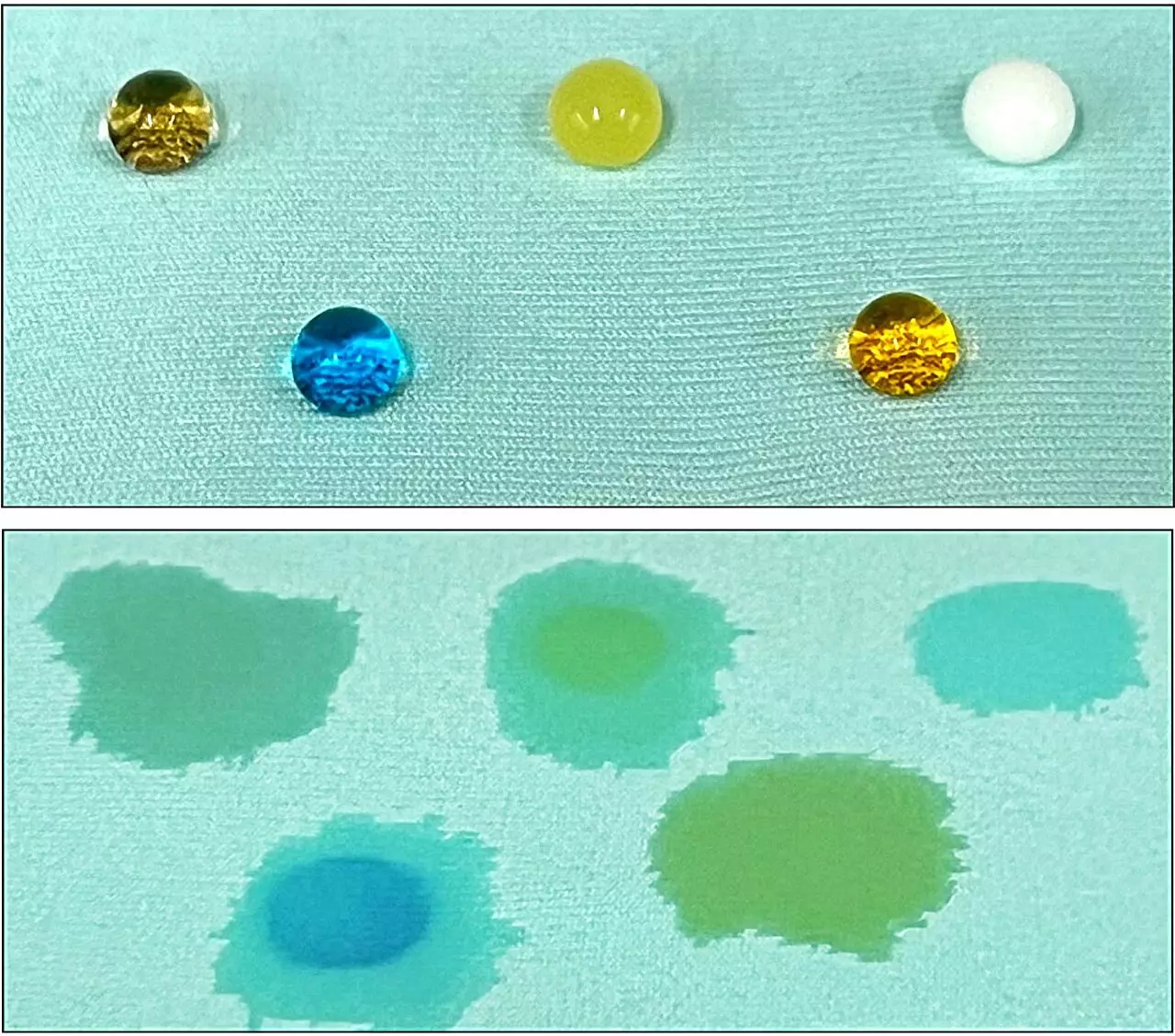The fashion industry is notoriously one of the largest contributors to environmental degradation, with millions of tons of textiles ending up in landfills each year. A groundbreaking study conducted by researchers at Cornell University offers a hopeful alternative by harnessing discarded textiles to develop waterproof coatings. Rather than relying on harmful chemicals often found in conventional waterproofing methods, this innovative approach emphasizes the importance of sustainability and safety for both humans and the environment.
The research, spearheaded by Juan Hinestroza, a prominent figure in Fiber Science and Apparel Design at Cornell’s College of Human Ecology, reveals a low-temperature technique capable of producing superhydrophobic coatings without the environmental repercussions associated with traditional practices. This initiative aims not just at enhancing product functionality but also at addressing the pervasive issue of textile waste.
The Problem with Current Methods
Traditional waterproofing techniques often utilize chemical coatings that can be carcinogenic and toxic, posing risks to both workers in the industry and consumers alike. Furthermore, due to the extensive environmental footprint of these chemicals, there’s an urgent need for safer alternatives. Hinestroza emphasizes this point, stating the need to shift away from these harmful substances is critical for the welfare of both people and the planet. “We must seek alternatives to fluorinated finishes, also known as ‘forever chemicals,’” he argues.
By contrasting this methodology with conventional practices, it’s clear that the synthetic chemicals presently in use are unsustainable. They not only require extensive energy for production but also lead to significant contamination during the manufacturing process. In response to this ongoing dilemma, the Cornell team’s research presents a holistic solution that focuses on reusing what would otherwise be waste, effectively emphasizing a circular economy within the textile industry.
The heart of this research lies in its creative exploitation of discarded clothing, where old polyester and spandex are transformed into usable resources. The process begins with the selection of waste textiles, which are subjected to a unique alkaline depolymerization technique. This method breaks down the fabrics into disodium terephthalate, enabling the synthesis of metal-organic frameworks (MOFs). The researchers synthesized UiO-66, a specific type of MOF, which exhibited remarkable superhydrophobic characteristics when applied to a substrate of polyester and spandex.
What makes this undertaking particularly compelling is its ability to maintain water resistance even after repeated washing and wear. This resilience is particularly important in everyday applications, where clothing is often subjected to varied conditions. As Yelin Ko, the first author of the study, notes, this innovative application of textile waste extends the product life cycle while championing sustainability.
The broader implications of Hinestroza and his team’s research could redefine how waterproof coatings are perceived and applied across various industries, including fashion, outdoor gear, and home textiles. With more consumers seeking environmentally responsible products, the potential for sustainable innovations in waterproofing could significantly alter industry standards and consumer expectations.
By highlighting the research’s dual capability—creating a functional product while reducing waste—Hinestroza points out the critical role consumers play in driving systemic change. “It’s easy to blame brands for the waste, but ultimately, it’s our consumption habits that dictate production,” he states. His insistence on the responsibility of consumers underlines a necessary shift in mindset towards sustainable practices not just in production but also in consumption.
The Cornell team’s research marks a pivotal moment in the textile industry by demonstrating that waste can be creatively repurposed into valuable, functional products. The focus on reducing reliance on harmful chemicals and emphasizing circular economic principles is crucial. As climate challenges continue to loom, innovative solutions like these offer hope for a more sustainable future within fashion and beyond. By upcycling textiles and nurturing eco-friendly alternatives, we can collectively pave the way for a greener, safer planet—one waterproof garment at a time.


Leave a Reply